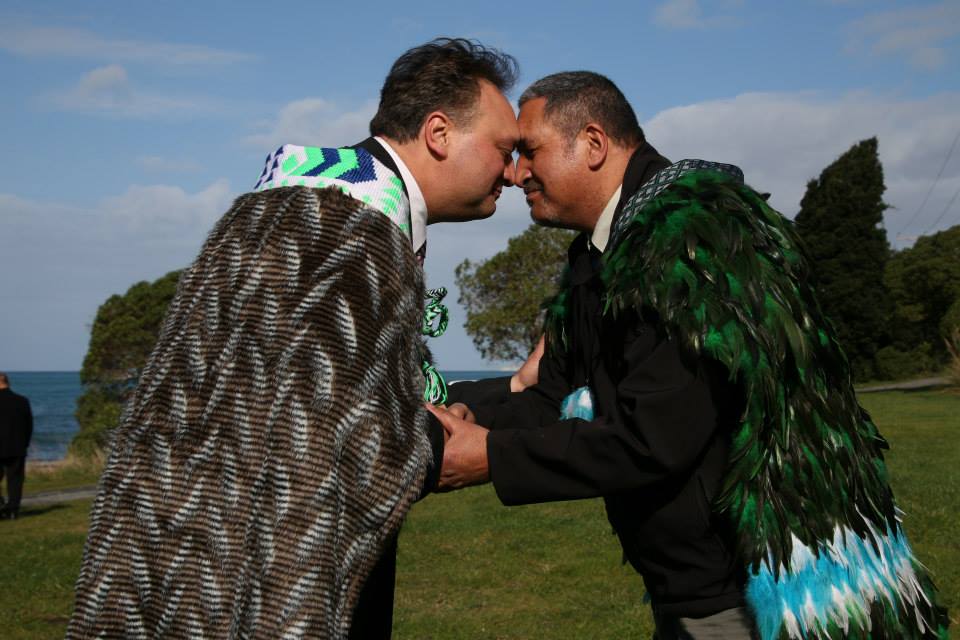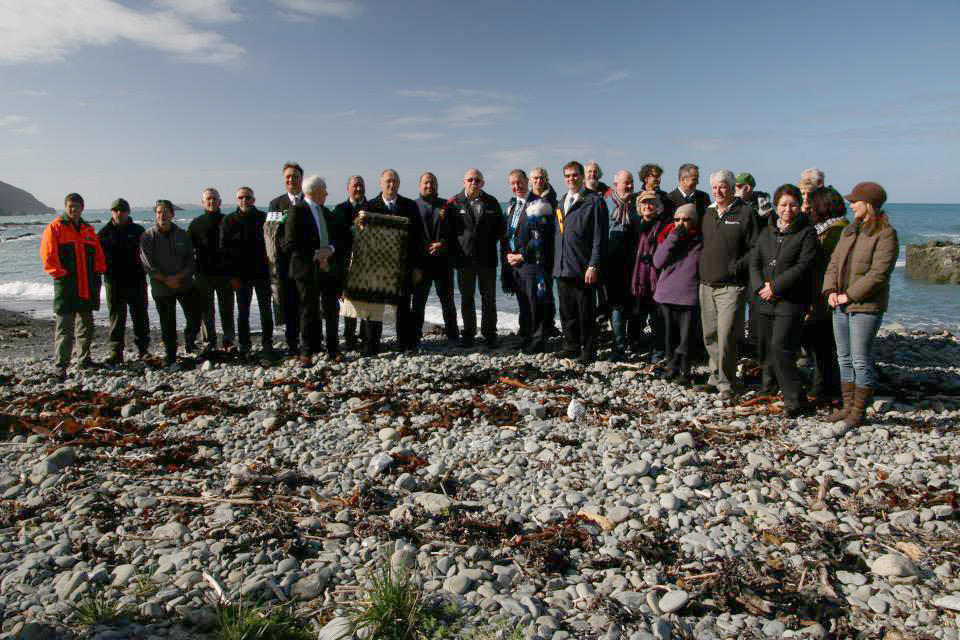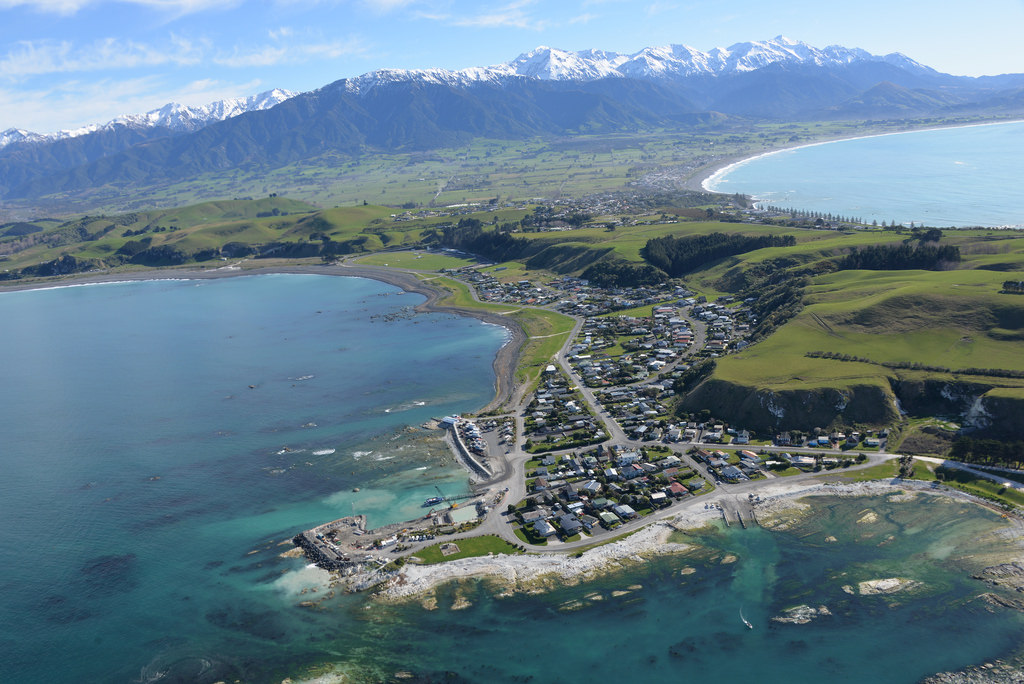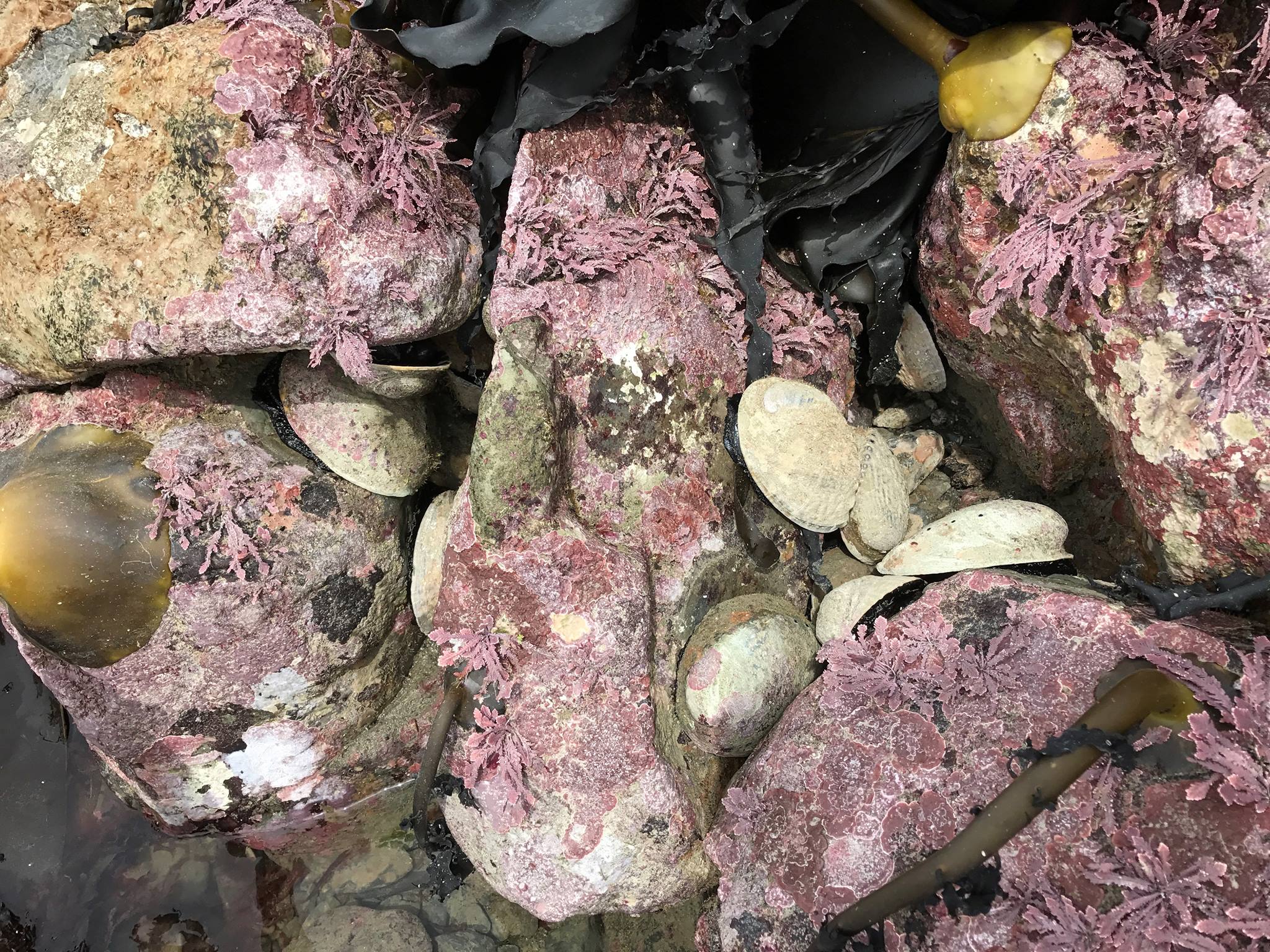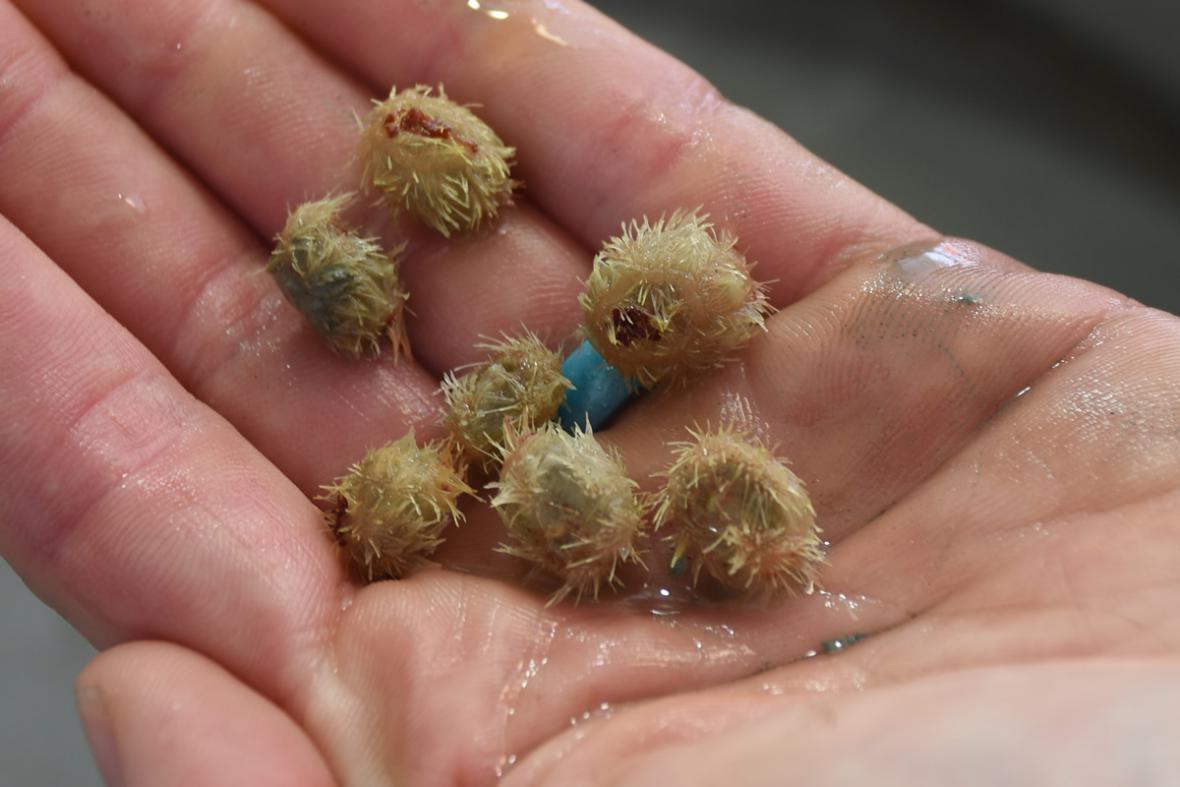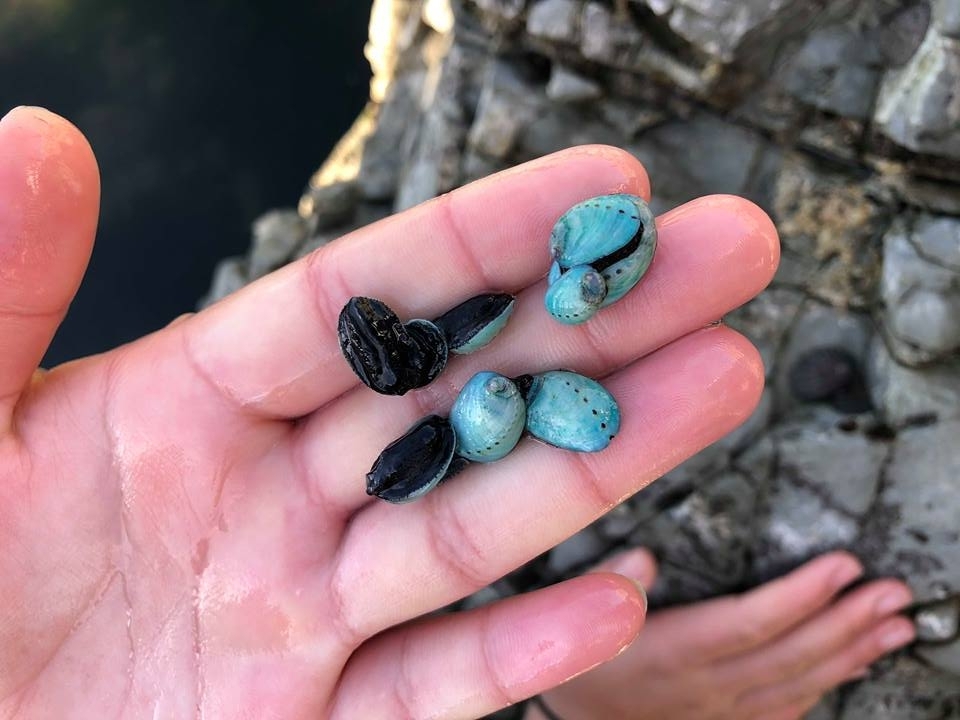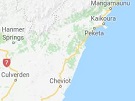Kaikōura marine environment interest groups
The sea is very important to many people for different reasons in Kaikōura. These people can be put into groups which define their interests in the sea:
- tourism
- commercial fishing
- recreational fishing
- customary fishing
- conservation
- research and education
Currently there is a need to manage how these groups interact with the marine environment. Managing human impact on the marine environment is a very sensitive issue.
Before the November 2016 earthquake, many of these groups had been concerned about the management of this marine environment. It was important that people took a guardianship view in collective decision-making. After nine years of work and discussion, a marine strategy was agreed on.
The Kaikōura Marine Management Act 2014
The Kaikōura (Te Tai-ō-Marokura) Marine Management Bill was signed into law as an Act of Parliament on Wednesday 6 August 2014. The Act was designed to put in place management measures for the coast and sea around Kaikōura (Te Tai-ō-Marokura) including a marine reserve, whale and New Zealand fur seal sanctuaries, five customary fisheries areas, an advisory committee, and fishing regulations specific to the area.
Role of Te Korowai o Te Tai ō Marokura
Te Korowai o Te Tai ō Marokura (The Kaikōura Marine Guardians) is an advisory committee for Te Whata Kai o Rakihouia i Te Tai ō Marokura/Kaikōura Marine Area. Its members are representatives from Te Rūnanga o Ngāi Tahu, the Kaikōura community, biosecurity, conservation, education, environment, fishing, marine science, and tourism groups. They all share an interest in the waters covered by the Act.
- Find out more about the five marine protection and fisheries areas for guardianship in this Ministry of Primary Industries booklet.
- The Department of Conservation map of the Kaikōura Marine Management area shows how the marine reserve is managed.
Since the Act was passed, Te Korowai continues to collaborate with all groups on managing marine protection and sustainable fishing of the marine environment. Now, more than ever, it is important that collaboration continues post-earthquake.
- Find out more about Te Korowai o Te Tai ō Marokura: www.teamkorowai.org.nz https://www.facebook.com/TKoTToM/
Earthquake damage to the Marine Coastal Area
The November 2016 earthquake caused different amounts of uplift along the coast. There was 6 metres of uplift at Waipapa Bay and 1.5 metres at the Kaikōura peninsula. Large amounts of marine species were left high and dry because of this uplift.
Because of the earthquake there have been huge losses of species such as:
- pāua
- crayfish/kōura
- shellfish in general
- inshore finfish
- kelp forest
- microalgae systems like ‘coraline algae’ (pink paint).
Jason Ruawai, a representative on Te Korowai o Te Tai ō Marokura and Chair of the Pāua Fishery Group, has been very involved in the marine management of the area.
“The obvious mortality of the life living in the environment is a tragic consequence of the uplift, but it is only a snapshot of what that area had been producing over history. Now, in terms of biodiversity, we still have all the same species but there is less habitat for them to occupy. We need to manage our impact to this environment carefully over the next years.”
- The environmental impact of the earthquake to this marine environment is well captured on the TV3 documentary Ocean Bounty (Season 2, episode 1) https://www.threenow.co.nz/shows/ocean-bounty/season-2-ep-1/S1247-430/M2...
Ecosystem recovery and resilience
While the marine ecosystem will never be the same, research is now suggesting the marine ecosystem is bouncing back for some species. NIWA have found signs of recovery in the Kaikōura Canyon seabed 10 months after the earthquake. Kaikōura High School students are learning firsthand about guardianship of the ecosystem through a programme to monitor and reseed pāua stocks.
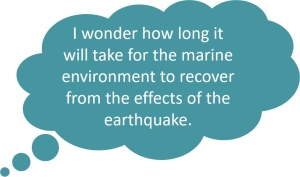
- Read the article on page 14 of Seafood New Zealand magazine about how students from Kaikōura High School are helping out with pāua stock recovery - https://www.seafood.org.nz/fileadmin/documents/SNZ_Magazine/SNZ_Magazine...

